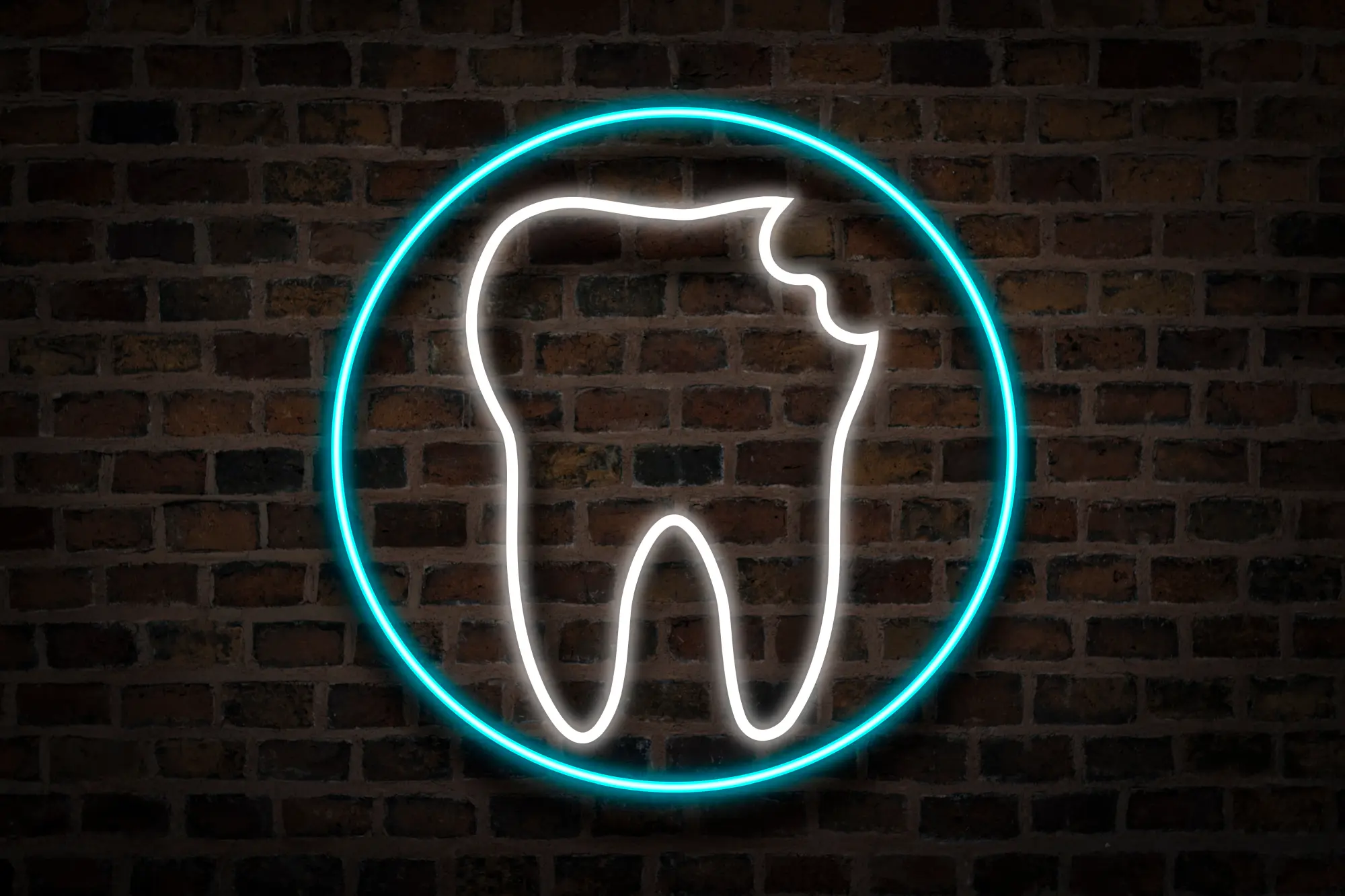What are the warning signs of dry socket?
February 19, 2024

If you've recently had a tooth extraction, you may have heard about the potential complication known as dry socket. Dry socket, also known as alveolar osteitis, can occur after a tooth extraction when the blood clot that normally forms in the socket is dislodged or dissolves prematurely. This can expose the underlying bone and nerves, leading to severe pain and discomfort. In this blog post, we will discuss the warning signs of dry socket, how to treat it, and most importantly, how to prevent it from happening in the first place.
What is a Dry Socket?
A dry socket occurs when the blood clot that forms after a tooth extraction is dislodged or dissolves before the socket has a chance to heal properly. This can leave the underlying bone and nerves exposed, causing intense pain and discomfort. While dry socket is not a common occurrence, it can significantly prolong the healing process and require additional treatment. It is important to be aware of the warning signs of dry socket so that you can seek prompt treatment if necessary.
What are the symptoms of a dry socket?
The most common symptom of a dry socket is severe pain, which typically starts a few days after the tooth extraction. The pain may radiate to the ear or neck and can be described as throbbing or pulsating. Other symptoms of dry socket include bad breath or an unpleasant taste in the mouth, an empty-looking socket, visible bone in the socket, and difficulty opening the mouth or speaking. If you experience any of these symptoms, it is important to contact your dentist immediately for evaluation and treatment.
How to treat a dry socket
If you suspect you have a dry socket, it is crucial to seek professional dental care as soon as possible. Your dentist will clean the socket and may apply a medicated dressing to promote healing and alleviate pain. You may also be prescribed pain medication or antibiotics to prevent infection. It is important to follow your dentist's instructions and attend any follow-up appointments to ensure proper healing. Additionally, your dentist may recommend avoiding certain activities, such as smoking or using a straw, as these can hinder the healing process.
How can I prevent a dry socket from happening?
While not all cases of dry socket are preventable, there are steps you can take to minimize the risk. Firstly, it is important to follow your dentist's post-extraction instructions carefully, including avoiding strenuous activities for the first few days and keeping the extraction site clean. Avoid smoking and using a straw, as the suction can dislodge the blood clot. Stick to soft foods and avoid chewing on the extraction site. Lastly, maintaining good oral hygiene and attending regular dental check-ups can help identify any potential issues early on and prevent complications such as dry socket.
Don’t Wait In Pain, Call Today
If you are experiencing severe pain after a tooth extraction in Baton Rouge or suspect you may have a dry socket, don't wait to seek professional dental care. Our team at Gardner Wade, DDS, LLC is here to provide you with expert care and alleviate your discomfort. Contact us at (225) 766-6100 to schedule an appointment and let us help you get back to a pain-free smile. Don't suffer in silence – reach out to us today.



























